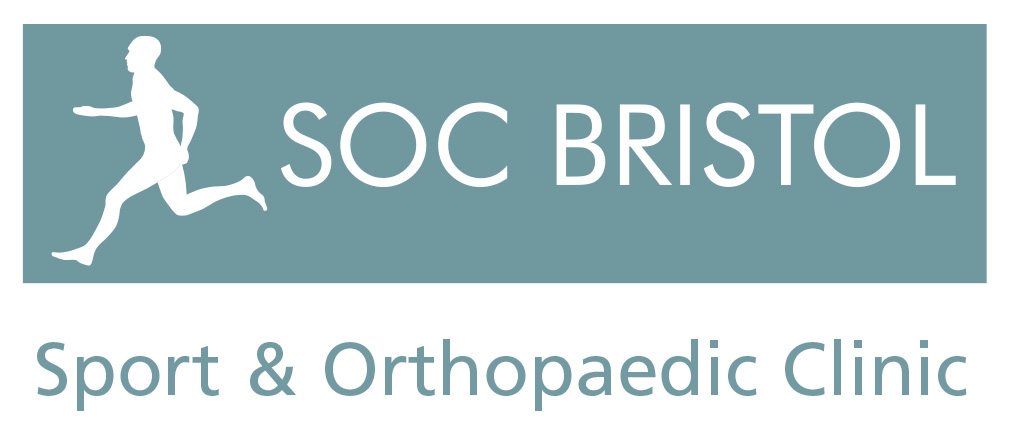Rotator Cuff Muscle or Tendon Tears.
The rotator cuff is composed of four muscles and their tendons that come from the shoulder blade (Scapula) and surround the shoulder joint and help stabilise it. These muscles are vulnerable to injury and gradual wear and tear. A tear typically involves separation of the tendon from its attachment to the bone.
An acute tear may occur from any injury to the shoulder, including a fall on the arm, or from a sudden resisted contraction of the shoulder muscles. Alternatively a tear may form gradually. A tear of the rotator cuff tendons may result in pain and weakness of shoulder and arm. The pain is often felt over the upper arm on bringing the arm out to the side (abduction) or above the head (elevation). There may be weakness of these movements that can be subtle or a complete inability to lift the arm away from the side of the body associated with a tendency to raise or shrug the effected shoulder when attempting to do so. There may be no symptoms either before the tear forms or after.
Partial and Full Thickness Tears:
Tears of the rotator cuff may be partial or full thickness. That is the tear may extend through a portion of the thickness of the tendon or the tear may extend through its entire thickness making a complete hole. The tear may vary in size from a very small tear to a complete tear of one of the tendons or a tear affecting multiple or all the tendons.
Risk Factors:
Age related degeneration of the tendon.
With age the rotator cuff tendons change becoming weaker and more vulnerable to both sudden and vulnerable to both sudden and gradual injury.
Subacromial impingement (painful arc).
The pain usually reflects on going irritation of the tendon but there may structural damage associated with this, which may result in the gradual development of a tear or weaken the tendon predisposing it to injury.
Repetitive overhead activities.
Activities such as plastering or painting ceilings and sports such as freestyle swimming result in repeated stress on the rotator cuff tendons which may predispose to damage to the tendon and the development of tears.
Sudden unanticipated resisted contraction of the shoulder muscles.
Fall or Injury.
Shoulder (Gleno-Humeral Joint) Dislocation.
A dislocation of the shoulder may be associated with a rotator cuff tear at any age but the likelihood of a tear occurring increases with age.
Signs and symptoms:
These are often very similar to sub-acromial impingement and it may be difficult to distinguish the two.
The pain is typically felt over the upper arm rather than the shoulder itself. It is often persistent and recurrent and worse when lifting the arm out to the side (abduction) or in front (elevation).
It may be painful to lie on the shoulder at night.
The arm may feel weak particularly when lifting the arm above shoulder height. It may not be possible to lift the arm away from the side of the body or forwards over the head. Am attempt to do so may be associated with abnormal movement or shrugging of the shoulder.
There may be a clicking or grinding sensation within the shoulder.
Diagnosis and Investigations:
Your surgeon should listen to the account of your symptoms. The shoulder is usually examined to identify any pain and weakness.
The diagnosis may be made on the basis of the history and examination, however, investigations are typically required to confirm the diagnosis and identify other problems.
Typical investigations include:
X-Rays (Plain radiographs)
Ultrasound scan
MRI (Magnetic Resonance Imaging) with or without contrast (an Arthrogram)
Treatment:
Non-surgical options:
Rest and avoidance of exacerbating activities.
The pain associated with a rotator cuff tear may settle with rest and avoidance of exacerbating activities.
Rehabilitation.
Rehabilitation may reduce the pain associated with a tear and improve the function of the shoulder.
Anti-inflammatories and analgesia.
Anti-inflammatory medication may help relieve the pain.
Injections.
Injections of corticosteroids (steroid) may improve pain. An injection will not promote healing of the tendon and there is some concern regarding a possible negative effect of a steroid injection on subsequent tendon healing after surgical repair.
Link to additional information on steroid injections.
Rotator cuff tears do not typically heal without surgical intervention and the tendency is that they may progress with time getting larger with time.
Surgical options:
Rotator cuff tears may require surgery if they continue to cause problems (pain or weakness) despite conservative treatment.
Sub-acromial decompression.
A sub-acromial decompression may improve pain and prevent or limit deterioration of a tendon tear. This is most effective for partial thickness or very small full thickness tears.
Link to Arthroscopic Sub Acromial Decompression (ASAD).
Rotator Cuff Repair.
The rotator cuff tendons can usually be repaired as a key-hole (arthroscopic procedure) or occasionally an open operation when a longer scar is required.
Link to Rotator Cuff Repair.
Debridement and tuberoplasty.
If the tendon tear is very large and has been present for a long time (even without symptoms), it may not be possible to repair the tendons. In this situation there are a number of options including a key-hole (arthroscopic) operation to smooth and remove damaged tissue in an attempt to make the shoulder more comfortable.
Other procedures that may be undertaken include:
Long Head Biceps (LHB) Tenotomy / Tenodesis.
Suprascapular Nerve (SSN) release.
Muscle Transfers.

